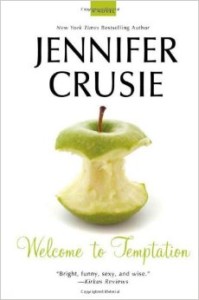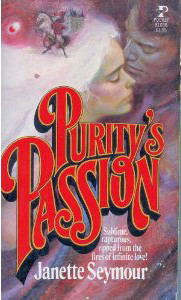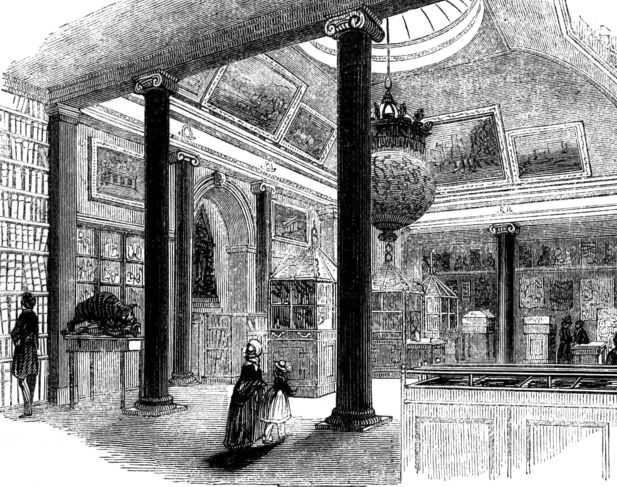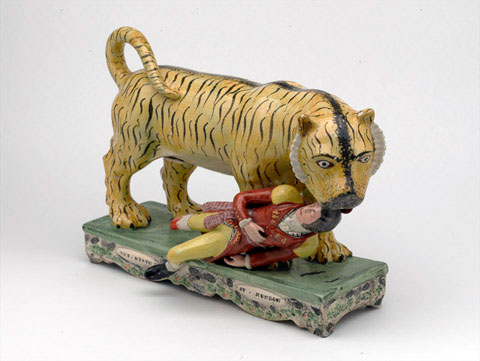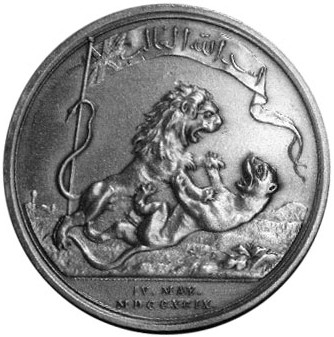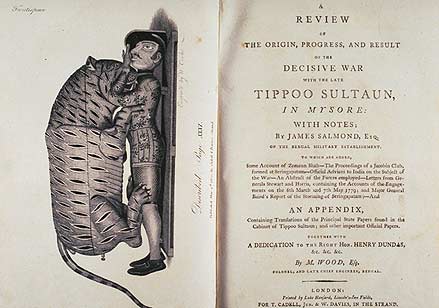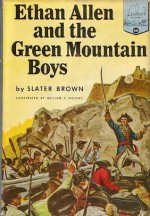 Do you remember the first book of historical fiction you ever read?
Do you remember the first book of historical fiction you ever read?
For me it was I Was There With Ethan Allen And The Green Mountain Boys. I don’t remember how old I was. Probably third or fourth grade and I can’t recall anything about the story except that it placed a boy about my age into the excitement of a dramatic moment in history. The whole premise of the series was placing a boy (not a girl) in a dramatic moment in history.
I tried to find something about the book, but it seems to have disappeared. If it has been re-released it lost the I Was There With part of the title. (This is not the correct book cover either)
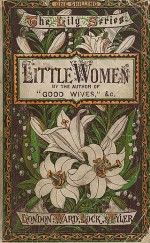 The next historically set book I fell in love with was Little Women, definitely a book to win the hearts of little girls. It did not have the excitement of the Green Mountain Boys, but I cried buckets when Beth died and I wanted to throw the book against the wall when Laurie doesn’t wind up with Jo. I think I was hot-wired for Romance fiction even then.
The next historically set book I fell in love with was Little Women, definitely a book to win the hearts of little girls. It did not have the excitement of the Green Mountain Boys, but I cried buckets when Beth died and I wanted to throw the book against the wall when Laurie doesn’t wind up with Jo. I think I was hot-wired for Romance fiction even then.
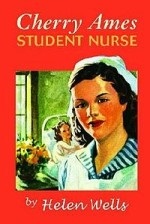 I was also a voracious reader of Nancy Drew and Cherry Ames (anyone remember Cherry Ames books?). While technically not historicals, they took place in a time period that seemed a distant past to a little bookworm like myself. I loved that Nancy Drew drove a “roadster” and that Cherry Ames traveled to exciting places. I still remember a scene in one book where Nancy and Ned get caught in quicksand and Ned lifts her out. In Cherry Ames, I remember that head nurses were always scolding her for wearing rouge, but, you see, her cheeks were just naturally rosy.
I was also a voracious reader of Nancy Drew and Cherry Ames (anyone remember Cherry Ames books?). While technically not historicals, they took place in a time period that seemed a distant past to a little bookworm like myself. I loved that Nancy Drew drove a “roadster” and that Cherry Ames traveled to exciting places. I still remember a scene in one book where Nancy and Ned get caught in quicksand and Ned lifts her out. In Cherry Ames, I remember that head nurses were always scolding her for wearing rouge, but, you see, her cheeks were just naturally rosy.
A huge appeal for me at the time in the Nancy Drew books was her relationship with Ned Nickerson. Whenever Ned showed up, I perked up. Romance, even then. Cherry Ames had the occasional romance and I liked that part of her stories as much as the other parts.
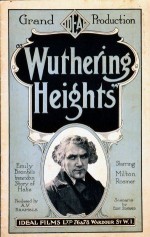 I don’t remember reading a great deal of historical books in my teen years. I read what was assigned in school and that is how I read Jane Eyre and Wuthering Heights. Both made an impression on me, because, unlike all of the above books besides Little Women, I remember the stories, but I’m not sure I can say I remember them fondly. There was cruelty in both books and I didn’t like it. And, even at a tender age, I scoffed at Jane Eyre winding up in a ditch and then getting rescued by–who else?–long lost relatives.
I don’t remember reading a great deal of historical books in my teen years. I read what was assigned in school and that is how I read Jane Eyre and Wuthering Heights. Both made an impression on me, because, unlike all of the above books besides Little Women, I remember the stories, but I’m not sure I can say I remember them fondly. There was cruelty in both books and I didn’t like it. And, even at a tender age, I scoffed at Jane Eyre winding up in a ditch and then getting rescued by–who else?–long lost relatives.
Somewhere in my teen years I also read Pride and Prejudice, but I only vaguely remembered the story.
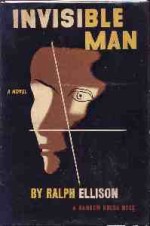 In college I majored in English and I focussed on English Literature as opposed to American Literature. I am woefully unread in F. Scott Fitzgerald, Ernest Hemingway, William Faulkner and John Steinbeck as a result. I did take a Black Literature course (that is what it was called in those days), for which I am profoundly grateful. I was introduced to writers I never would have read – Ralph Ellison, Maya Angelou, Langston Hughes, James Baldwin. I also read a fair amount of Thomas Hardy in college and was in the midst of an independent study
In college I majored in English and I focussed on English Literature as opposed to American Literature. I am woefully unread in F. Scott Fitzgerald, Ernest Hemingway, William Faulkner and John Steinbeck as a result. I did take a Black Literature course (that is what it was called in those days), for which I am profoundly grateful. I was introduced to writers I never would have read – Ralph Ellison, Maya Angelou, Langston Hughes, James Baldwin. I also read a fair amount of Thomas Hardy in college and was in the midst of an independent study 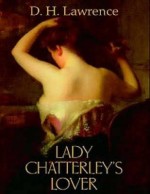 course on D.H. Lawrence when my college experienced its own dramatic moment in history. It closed early after the Kent State shootings.
course on D.H. Lawrence when my college experienced its own dramatic moment in history. It closed early after the Kent State shootings.
It took me some time to discover Regency Historicals, but once I did, I knew I’d found my home!
What was your first Historical?
And speaking of Historicals, come join the Harlequin Historical Spotlight over at eHarlequin. We’ll be chatting all month.








